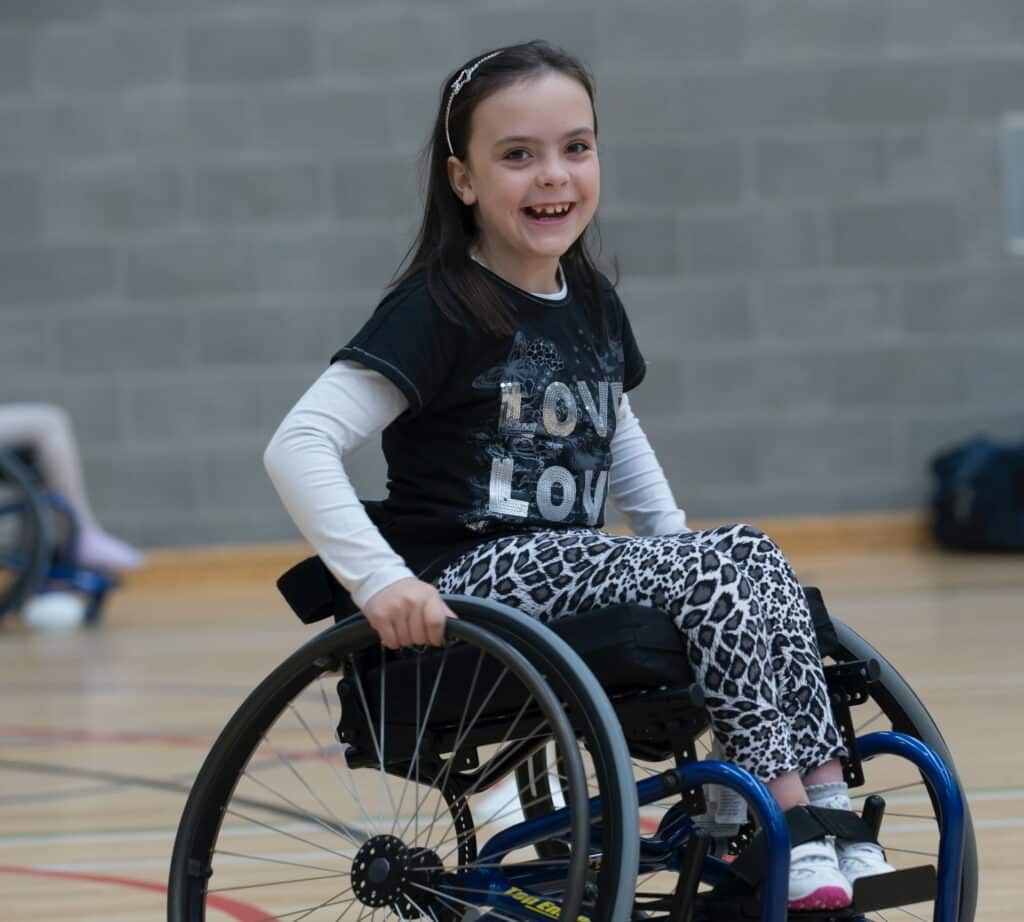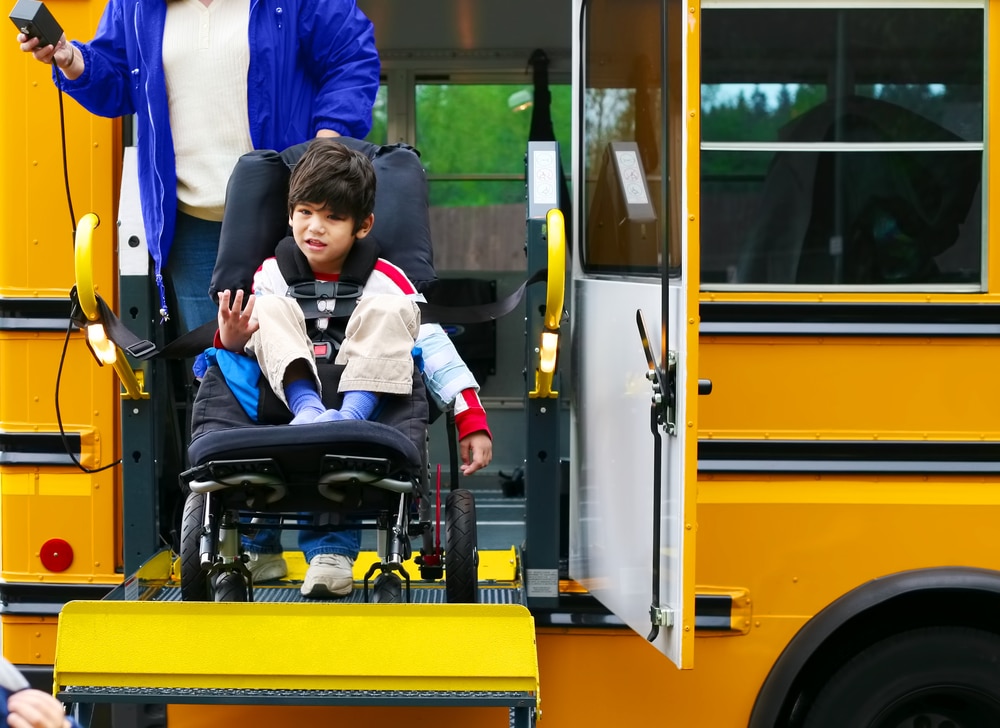Children’s abilities and needs are constantly changing and evolving. Mum, dads and guardians whose kids live with disability will know how quickly they can outgrow their assistive technology (and how quickly technology changes).
This is a big reason why the provision of assistive technology for children should be able to adapt and grow with a child’s changing needs.
Until they hit double digits in age, kids are in their core developmental stage. In general, disability supports they receive at this time can have the greatest impact on how their disability is limited or improved. That’s why the NDIS Early Childhood Early Intervention program caters to children up to the age of nine.
Here’s what the National Disability Insurance Agency (NDIA) is doing to make access to assistive technology for young children more flexible.
Flexible access to assistive technology
In mid 2021 the NDIA released a request for information to the assistive technology (AT) sector. It consulted market providers, assessors, health professionals and other peak organizations. Working collaboratively, the NDIA and the AT sector has come up with a trial model for the Early Childhood Assistive Technology Approach (ECATA).
The goal is to design a new and more flexible approach geared towards better, faster access to a wider range of assistive technology for children. Here’s what’s included in the trial phase:

Loan pool
The NDIA will work with a limited number of AT providers to trial an assistive technology loan pool. Those AT providers that responded to the initial request for information will go through an expression of interest to participate in the trial.
For parents/guardians whose children quickly outgrow their assistive technology, loaning could very well be a more effective option than buying.
For example, a wheelchair can cost $15,000. If a child can only use it briefly before outgrowing it, they can return it to the loan pool. Having a securely managed and supported loan pool also means shorter waiting periods for their next chair. It would also mean having the chance to loan, trial or buy assistive technology.
Participants’ caregivers would be able to more easily access a wide range of high quality assistive technology for these children as and when needed.
In other words, the goal is for immediate access, however this will be dependent on supplier stock. This includes specialised assistive technology and possibly also modifications to suit the individual.
Flexible plans
NDIS participants’ plans are said to be becoming more flexible. If the trial works, parents/guardians would be able to upgrade assistive technology for their children more independently. It would mean changing assistive technology based on a child’s expected growth or functional improvements.
For this to be possible, caregivers would access information and guidance online and via experienced staff. Rather than being NDIS staff, these would be independent registered providers with specific clinical expertise.
If this plan works it should make life easier for young participants and their families. It will also reduce pressure on the NDIA and limit assistive technology waste issues for the environment.

Tele-practice
The second phase of the trial is about using and improving telecommunications technology to access assistive technology for children faster. For example, an online marketplace to buy or sell second-hand assistive technology. This would mean implementing safeguards to make the marketplace secure.
Implementing the trial
The NDIA aims to trial the loan pool in specific regions over six months starting this year. It will do a staged rollout to test the model in various metro, rural and remote areas.
Top aspects include:
- A collaborative approach to the trial, between the NDIA, assistive technology sector and participants
- The option to extend a further six months once the initial period is complete
- Enable greater funding flexibility and a more streamlined process
- Support the diverse ways that participant families find and access assistive technology for their children
- Improve engagement with assistive technology assessors
- Reduce touchpoints with the NDIA for participants to enjoy greater independence
- Improve educational material around loan pools and flexible supply benefits
- Monitor participant and provider experiences to see if the model works as intended
If the model is successful (fingers crossed!) the loan pool could be rolled out at a national level.
Insuring assistive technology for children
Having the right assistive technology for children supports their development and gives them the best quality of life possible. For the items that you do buy, like wheelchair accessible vehicles for example, having insurance supports you financially.
Blue Badge Insurance offers wheelchair insurance, mobility scooter insurance and wheelchair accessible vehicle and disability converted car insurance. Plus, with a disability parking permit, you can get up to 25% discounted disability car insurance.
You don’t need to wait to find out more, contact us today!








